Garlic Around the Globe: A Spicy Origin Story with a Pinch of Humor
If you've ever wondered where that pungent little bulb in your pantry came from, you're not alone. Garlic — yes, that smelly but oh-so-delicious kitchen staple — has a rich and storied history stretching across continents and millennia.
In this article, we'll explore where does garlic come from, why it smells like it does (and why your date might suddenly leave), and how to use it like a pro. Grab your chopping board, because we’re diving deep into the world of cloves, bulbs, and ancient legends.
Table of Contents
- A Clove Through Time: The Historical Roots of Garlic
- Garlic 101: What Exactly Is This Smelly Bulb?
- From Where Does Garlic Come? Tracing Its Global Journey
- Garlic Across Cuisines: How the World Uses It
- Garlic Tips & Tricks: From Chopping to Substituting
- Myths, Magic, and Moods: Garlic’s Surprising Superpowers
- Conclusion: Garlic – Small Bulb, Big Legacy
A Clove Through Time: The Historical Roots of Garlic
Let’s rewind. Way back. We’re talking about garlic origins around 5,000 years ago — yes, before Instagram filters and even before sliced bread!
The earliest known records of garlic come from ancient Egypt, where it was revered for both its culinary uses and medicinal properties. Egyptian laborers building the pyramids were given garlic rations to boost their strength and stamina. Because apparently, even back then, people knew garlic gave you superhuman powers — or at least made you really good at stacking stone blocks.
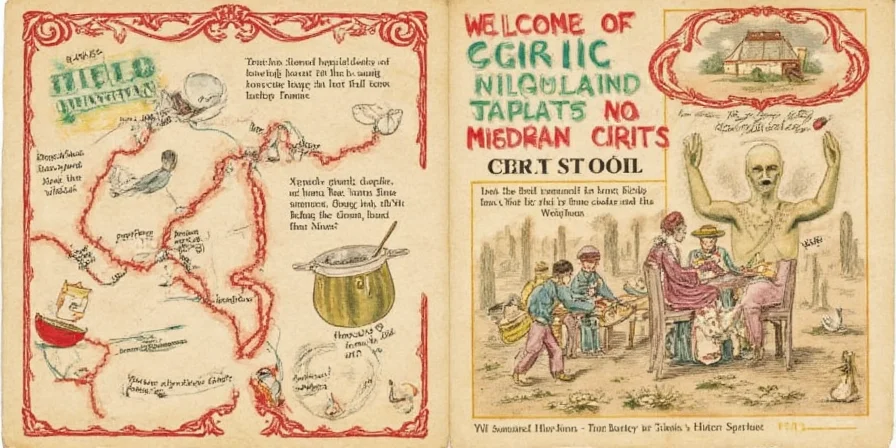
Fast forward a few thousand years, and garlic had spread to India, China, and the Mediterranean. Hippocrates prescribed it for various ailments. Roman soldiers believed it gave them courage. And medieval Europeans used it to ward off everything from evil spirits to vampires (more on that later).
Garlic 101: What Exactly Is This Smelly Bulb?
Botanically speaking, garlic is Allium sativum, part of the allium family that includes onions, leeks, chives, and shallots. It's grown underground as a bulb composed of individual segments called cloves.
There are two main types of garlic:
- Softneck Garlic: Common in grocery stores, great for braiding, milder flavor.
- Hardneck Garlic: Often found at farmers' markets, more intense flavor, harder to peel.
| Type | Flavor Profile | Best For | Storage Life |
|---|---|---|---|
| Softneck | Mild to medium | Cooking, baking, long-term storage | 6–8 months |
| Hardneck | Strong, spicy | Roasting, fresh use, gourmet dishes | 3–5 months |
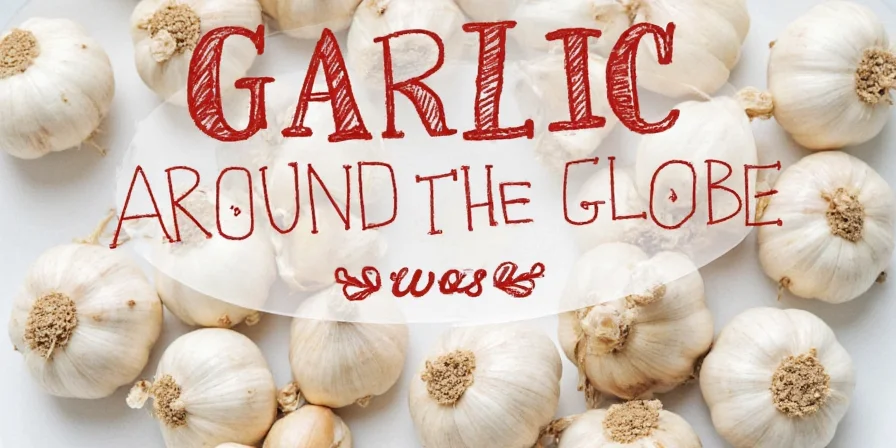
From Where Does Garlic Come? Tracing Its Global Journey
So, the big question: where does garlic come from originally?
The short answer: Central Asia. Specifically, somewhere near present-day Kyrgyzstan, Tajikistan, and Kazakhstan. Yes, the land of rugged mountains and nomadic traditions also happens to be the birthplace of garlic. Who knew?
Wild garlic species such as Allium longicuspis are believed to be the ancestors of today’s domesticated garlic. Ancient traders and explorers carried it along the Silk Road, spreading it to Europe, Africa, and eventually the Americas after Columbus’ voyages.
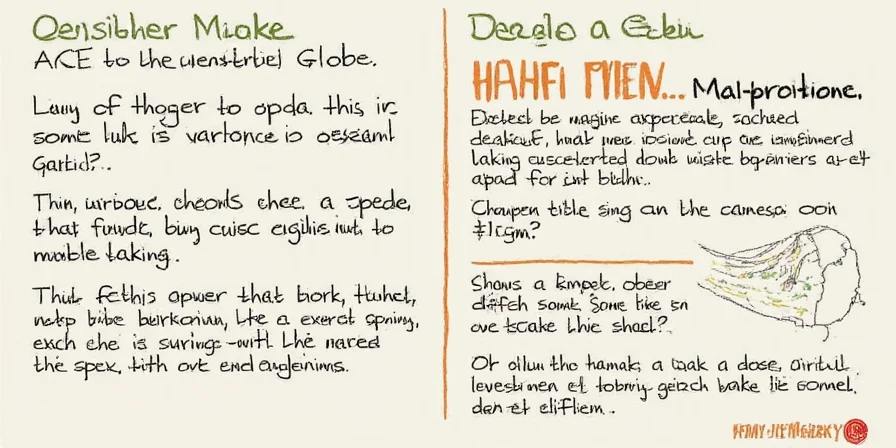
Today, garlic is cultivated worldwide, with China being the largest producer, followed by India, Bangladesh, and Egypt. In fact, China produces over 75% of the world’s garlic — so if you bought a bulb recently, there's a high chance it came from the East.
Garlic Across Cuisines: How the World Uses It
Once garlic reached new lands, it became a star ingredient in countless traditional dishes. Here’s how different cultures put garlic to work:
| Cuisine | Dish | Garlic Use | Fun Fact |
|---|---|---|---|
| Italian | Aglio e Olio | Fried whole cloves infuse oil with bold flavor | No cheese needed — just garlic and chili flakes! |
| Mexican | Salsa de Chile | Blended raw for a sharp kick | Roast garlic for a smoky twist |
| Korean | Buldak (Fire Chicken) | Used in paste form with gochujang | Some Koreans eat raw garlic cloves like candy |
| French | Poulet à la Grecque | Chopped fine and blended into sauces | Called “French penicillin” during flu season |
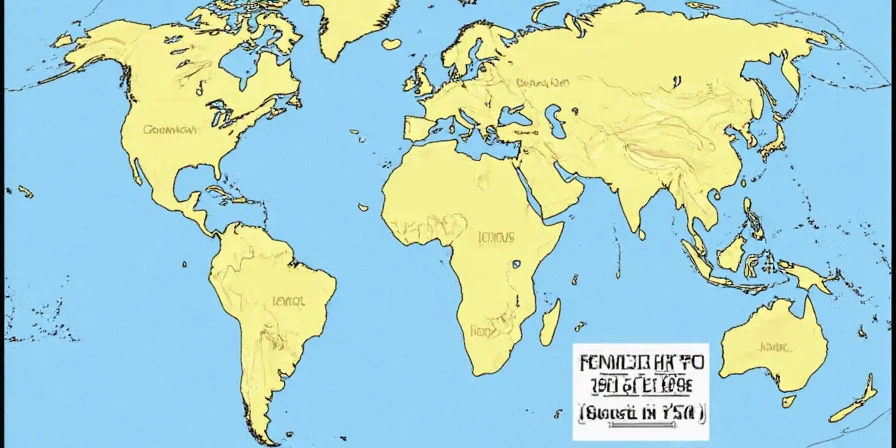
Garlic Tips & Tricks: From Chopping to Substituting
Now that you know where garlic comes from and how it’s used globally, let’s talk practical stuff. Here are some pro tips for using garlic like a chef:
- How to Peel Garlic Quickly: Place cloves in a jar with a lid and shake vigorously. The skins will pop right off!
- Maximize Flavor: Crush garlic first and let it sit for a few minutes before cooking to activate allicin (the compound that gives garlic its punch).
- Prevent Bitterness: Don’t burn it! Garlic goes from fragrant to acrid in seconds when overcooked.
- Substitute Smartly: If you don’t have fresh garlic, use garlic powder (1 clove ≈ 1/8 tsp powder) or garlic salt (adjust accordingly for salt content).
- Dealing with Garlic Breath: Eat an apple, drink milk, or chew parsley. Science says they help neutralize the smell.
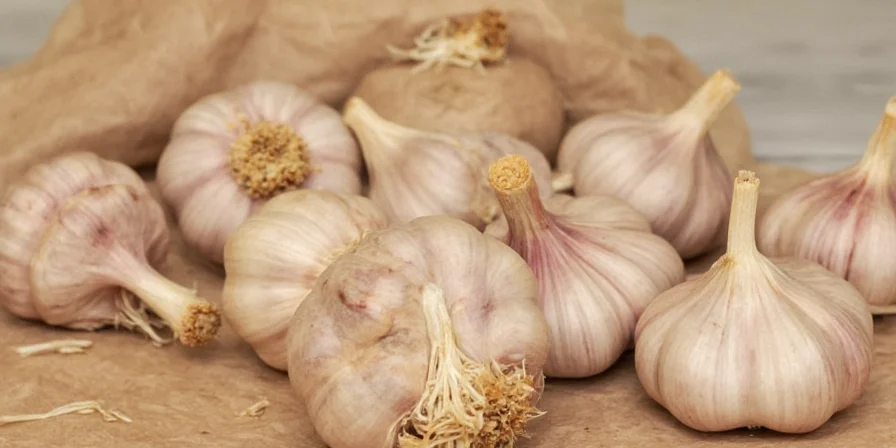
Myths, Magic, and Moods: Garlic’s Surprising Superpowers
Garlic isn’t just a flavor bomb; it’s been linked to all sorts of health benefits and folklore. Let’s debunk or confirm some of the more... interesting claims:
Vampires Beware
Yes, garlic was historically hung above doors to ward off evil spirits. And no, it won't actually keep Dracula away. But did you know garlic contains compounds that can repel mosquitoes? So maybe it's a vampire substitute after all.
Immune System Booster
Some studies suggest regular garlic consumption may reduce the frequency of colds. Allicin, the compound responsible for garlic’s pungency, has antimicrobial properties. So while it may not cure the flu, a garlic-heavy diet could give your immune system a helping hand.
Heart Health Hero
Several studies show garlic may help lower blood pressure and cholesterol levels. While it’s not a substitute for medication, including garlic in your meals can support overall cardiovascular wellness.
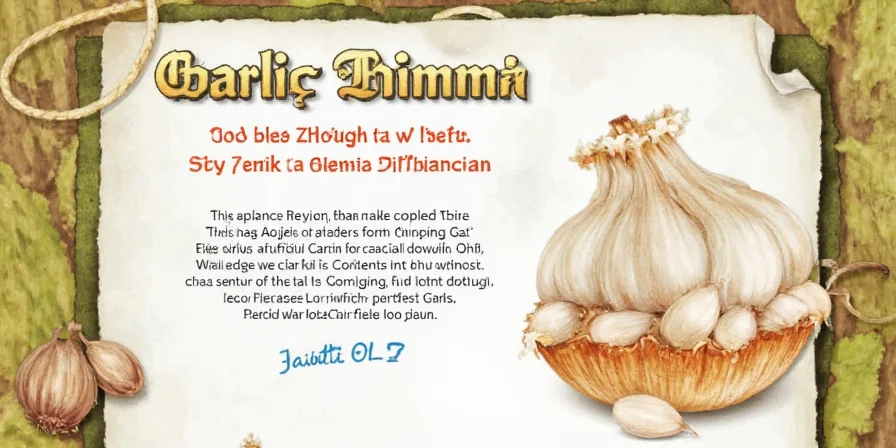
Conclusion: Garlic – Small Bulb, Big Legacy
So, to wrap things up — where does garlic come from? From humble beginnings in Central Asia, garlic traveled the world via trade, conquest, and culinary curiosity. Today, it’s a global spice superstar, adding flavor, health benefits, and a bit of drama (hello, garlic breath!) to our lives.
Whether you're slicing, roasting, or fermenting black garlic, remember: every clove has a story. And now you’ve got a better idea of what that story is.
So next time you grab that head of garlic, take a moment to appreciate its journey. After all, without garlic, life would be a lot less flavorful — and probably a lot quieter too (seriously, try explaining garlic breath to someone who doesn't love you). 🧄✨
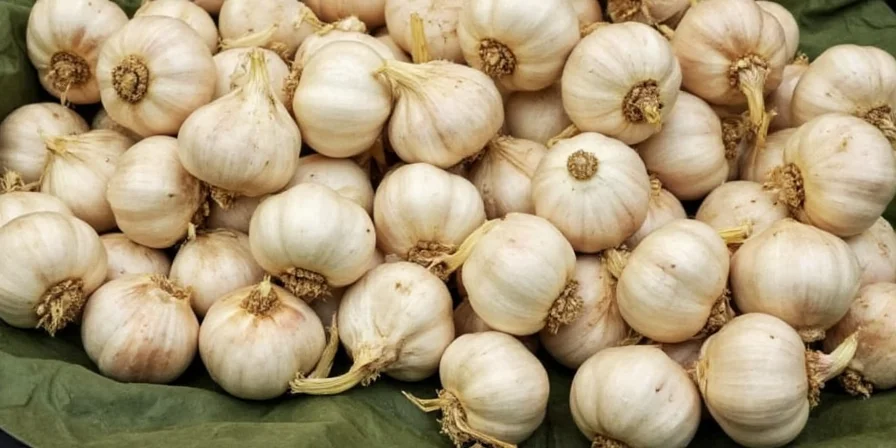

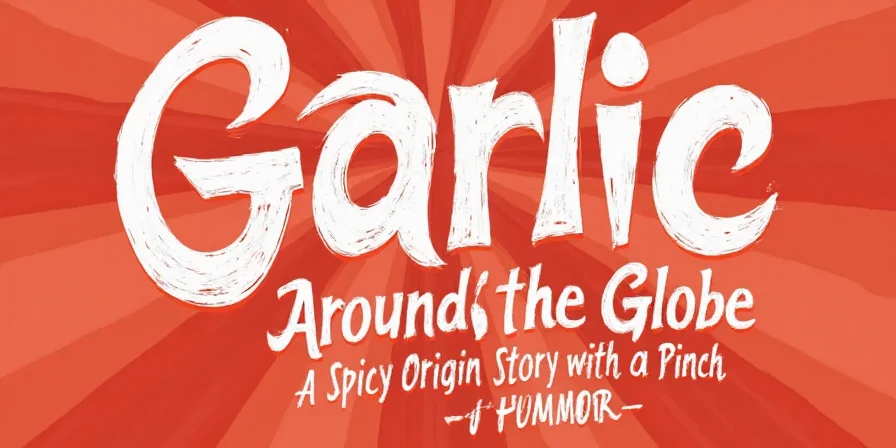









 浙公网安备
33010002000092号
浙公网安备
33010002000092号 浙B2-20120091-4
浙B2-20120091-4